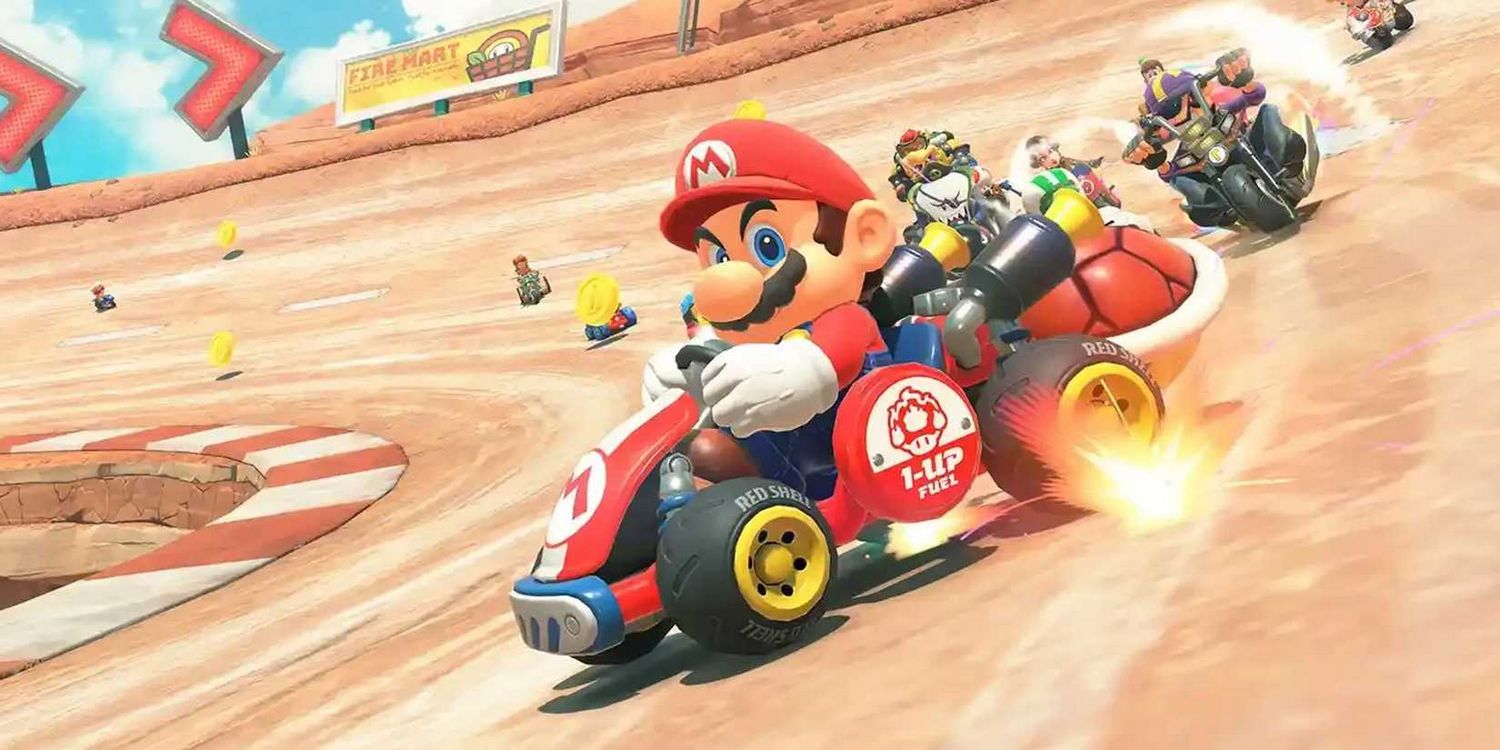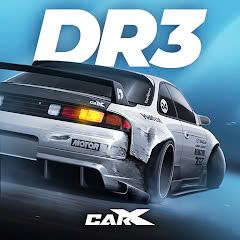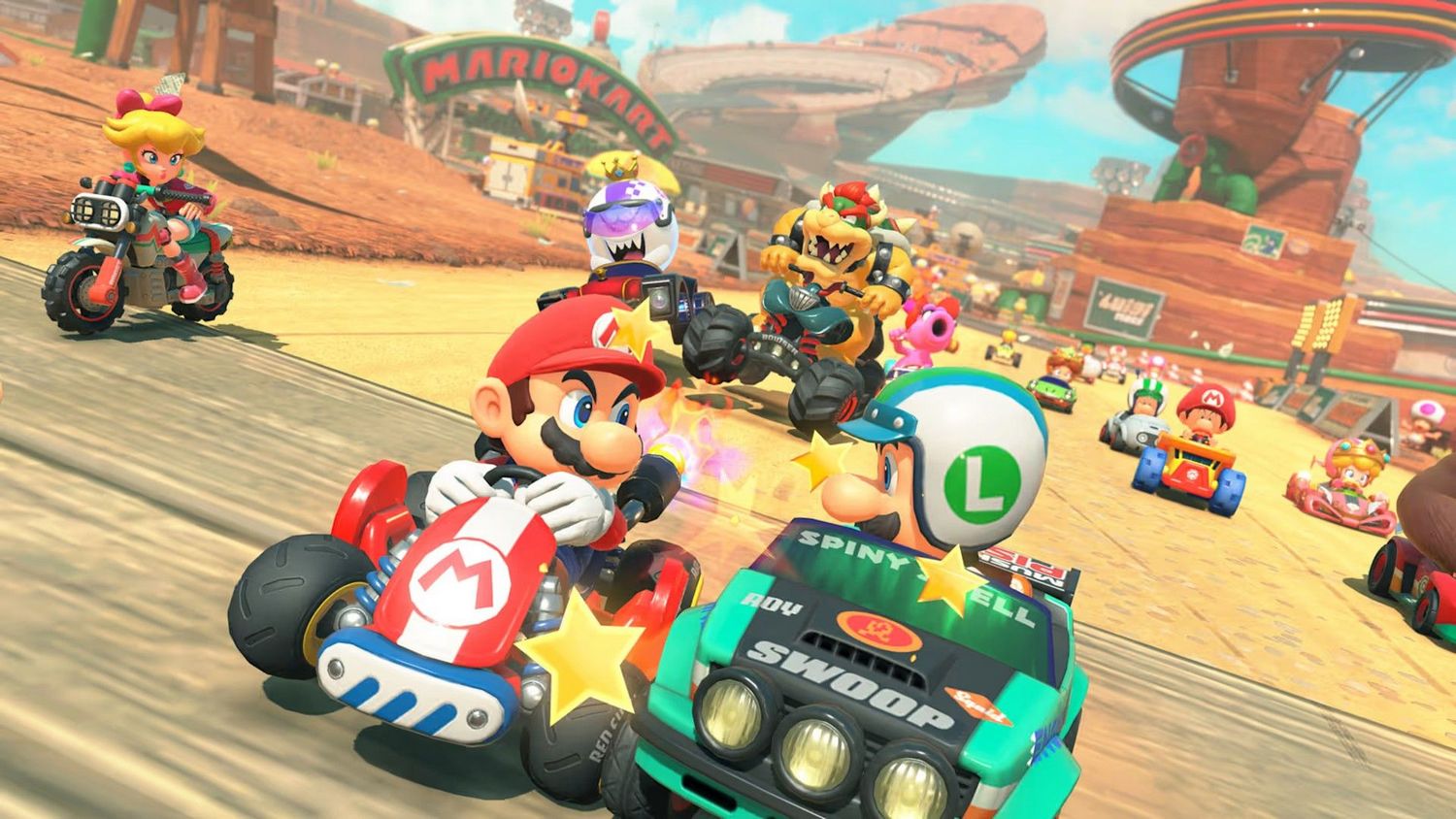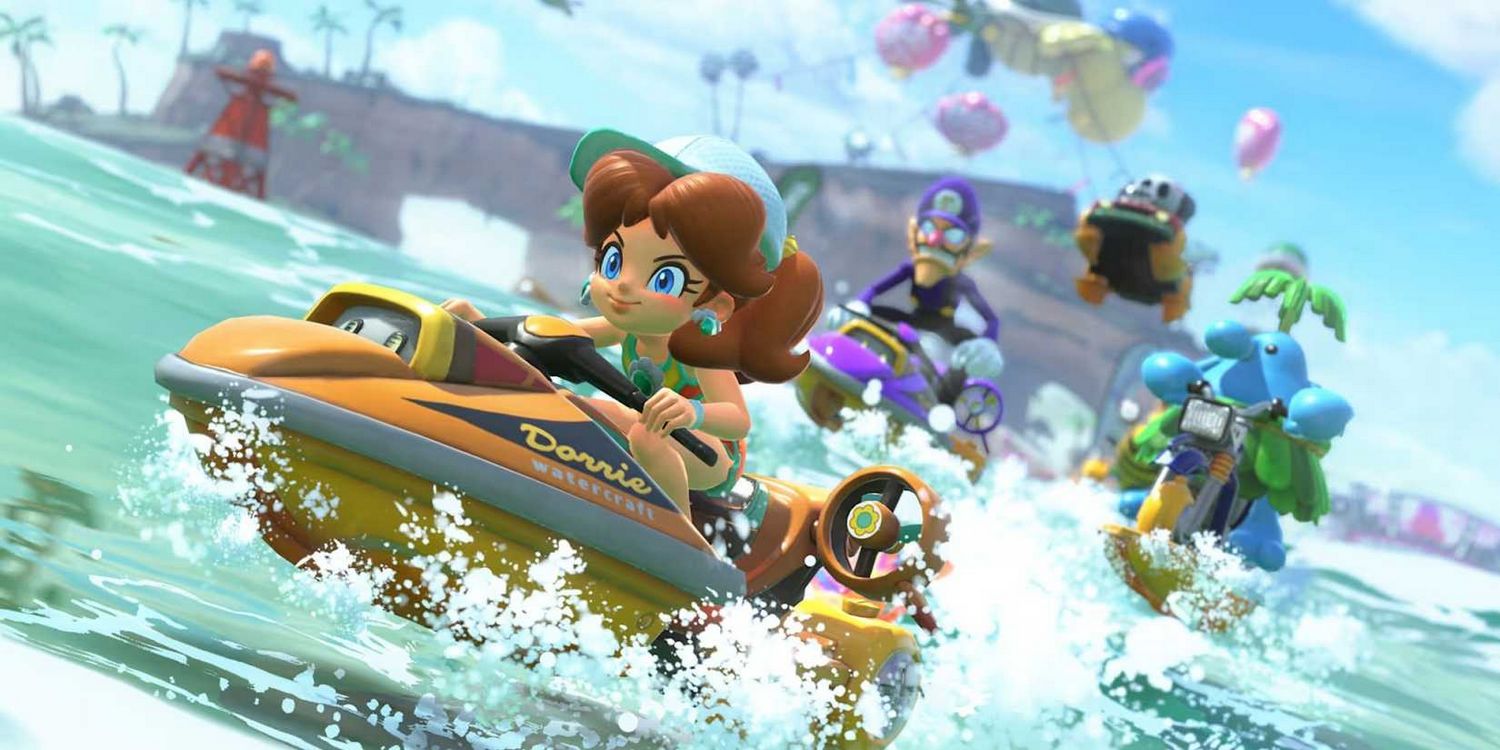The Ultimate Mario Kart Challenge: The Rise of No-Accelerate Speedruns
Popular Now
 League of Legends
League of Legends
 CarX Street
CarX Street
 FIFA 23
FIFA 23
 Counter-Strike 2
Counter-Strike 2
 Poppy Playtime
Poppy Playtime
 Candy Crush Saga
Candy Crush Saga
 Toca Boca World
Toca Boca World
 Free Fire Max
Free Fire Max
 Garena Free Fire: Kalahari
Garena Free Fire: Kalahari
 Fortnite
Fortnite 
In the competitive gaming community, the pursuit of mastery often leads players down unconventional paths. The iconic and endlessly replayable Mario Kart series, famous for its accessible racing and chaotic item-based combat, has recently become the stage for a new and fascinating challenge: completing laps without ever pressing the accelerate button. This seemingly paradoxical feat is not a glitch but a profound demonstration of a player’s understanding of the game’s intricate physics engine. From the casual racer to the hardcore time trialist, the “no-accelerate” movement is a testament to the depth and enduring appeal of Nintendo’s beloved kart racer.
 How to Race Without Gas: A Deep Dive into the Physics
How to Race Without Gas: A Deep Dive into the Physics
The success of a no-accelerate run hinges on a player’s ability to generate and maintain momentum using every tool at their disposal except for the main acceleration button. This requires a precise and deliberate execution of a series of advanced techniques, many of which are already cornerstones of high-level play. Here’s a breakdown of the core mechanics that make these runs possible:
- The Rocket Start: The foundation of every no-accelerate run is a perfectly timed rocket start. By pressing the accelerate button just as the race countdown hits “GO!”, players receive a significant initial burst of speed. This is the only moment the acceleration button is used, and it provides the critical momentum needed to begin the lap.
- Mini-Turbo and Ultra Mini-Turbo: Drifting is the primary method of forward propulsion in a no-accelerate run. By holding the drift button (typically R or ZR) around corners, players can charge up a mini-turbo boost. In a normal race, these boosts are used to gain a speed advantage. In this challenge, they are essential for preventing the kart from coming to a complete stop. Mastering “soft-drifting” to get boosts on shallow turns and “hard-drifting” for tight corners is paramount.
- Jump Tricks and Stunts: Whenever a player drives over a ramp, jump, or even a small bump, a well-timed press of the jump button triggers a stunt, which grants a small speed boost upon landing. These boosts are crucial for maintaining momentum on straightaways and are often chained together to keep the kart in motion. Players are meticulously calculating the optimal lines to hit every possible jump opportunity.
- Item Utilization: While less common in time trials, the strategic use of items like the Super Mushroom provides a vital speed injection that can carry a player through sections where drifting or jump boosts are not an option. These items are carefully hoarded and deployed at the perfect moment to overcome a course’s most challenging segments.
 The Community’s New Competitive Landscape
The Community’s New Competitive Landscape
This niche but highly technical style of racing has spawned a dedicated sub-community within the Mario Kart speedrunning scene. Players are now setting world records in new, specialized categories for individual tracks. Tracks with many curves, ramps, and elevation changes, such as Wario Stadium and Dry Bones Burnout, have become popular proving grounds for these challenges. The records are often decided by fractions of a second, with competitors scrutinizing every tiny movement to optimize their runs. The online forums and video platforms are filled with viral clips of players executing flawless no-accelerate laps, showcasing a level of precision that redefines what is possible in the game.
This phenomenon is not merely a fun distraction; it offers a profound insight into the game’s design. It highlights how robust and consistent the physics engine is, allowing for a style of play the developers likely never anticipated. It’s a reminder that a game’s depth is often measured by the creative ways players can manipulate its core mechanics. For dedicated fans and aspiring speedrunners, the no-accelerate challenge represents the pinnacle of technical skill, where the loudest sound is not the roar of an engine, but the satisfying chime of a perfectly executed boost.
In a genre built on a simple premise of “go faster,” these racers are proving that sometimes, the most impressive speed comes not from a constant push forward, but from a calculated and masterful dance with momentum itself. It’s a captivating new chapter in the rich history of Mario Kart, and a clear signal that there are still new frontiers to be conquered on the Mushroom Kingdom’s most famous tracks.









 How to Race Without Gas: A Deep Dive into the Physics
How to Race Without Gas: A Deep Dive into the Physics The Community’s New Competitive Landscape
The Community’s New Competitive Landscape